Microscopes
is a key instrument for detailed study of viruses. Viruses are cell-dependent microscopic infectious agents for reproduction, measuring 0.02 to 0.75 microns. The family to which the monkeypox virus belongs has a size of between 230 nm and 270 nm and, although with some stains can be observed under the conventional microscope, the ideal is to use an electron microscope, since it has a greater power of resolution and makes it possible to see and study the structure of the virus for the realization of vaccines, for example.
To make the monkeypox vaccine, the same steps are followed as those made with conventional vaccines. During the elaboration of these, it is indispensable the use of the electron microscope to evaluate them, which is why it is a team that should not be lacking in biomedicine laboratories.

Types of Microscopes a Laboratory May Need
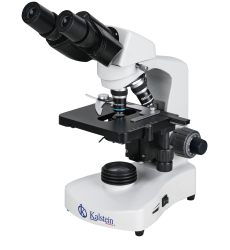
Laboratory Microscope YR0241
Coaxial coarse and fine knob, 24mm range of motion, 0.004mm fine divisionSiedentopf trinocular head, 30° inclined. interpupillary distance ...
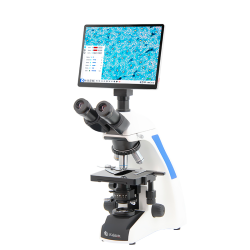
LCD Touch Screen Digital Microscope YR05782
Double Layer Mechanical Stage 143*132mm, Upgradeable To 216x150mm,3W LED Kohler Illumination With...
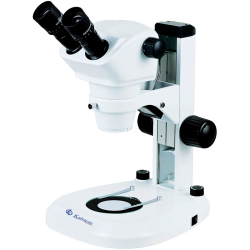
Binocular Laboratory Microscope YR0254
Its classification is related to its uses and the type of laboratory. In this case, we present you the model Zoom...
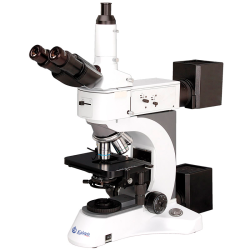
Metallurgical Microscope YR0251 – YR0252
Scidentopf trinocular Head 30° Inclined, Interpupillary 48~75mm,Extra Wide Field Eyepiece EW10x/22mm...
Our Best Selling Microscopes
- Parallel Optical System, Module Design to Add Function Easily
- Large Zoom Ratio Up to 1:10 With Tilting Head 0°-35° Viewing Angle Adjustable for User
- Transmit & Reflect LED Illumination, Brightness Adjustable, Working Life 6000 Hours
- Complete Accessories Include Polarizing, Dark Field, Fluorescent Attachment
- Plan Apochromatic Objective 0.5x Optional
| Model | YR0246 | YR0247 | YR0248 | |
| Optical System | Parallel Optical System, Module Design to Add Function Easily | ● | ● | ● |
| Head | Binocular Head 20° Inclined | ● | ● | ● |
| Titling Head 0°-35° Viewing Angle Adjustable for User | o | o | o | |
| Eyepiece | Extra Wide Field Eyepiece EWF10x/22mm,Diopter Adjustable,Interpupillary 55-75mm | ● | ● | ● |
| Zoom Body | 0.8~5.0x, Zoom Ratio 1:6 | ● | – | – |
| 0.8~6.4x, Zoom Ratio 1:8 | – | ● | – | |
| 0.8~8.0x, Zoom Ratio 1:10 | – | – | ● | |
| Auxiliary Lens | Plan Achromatic Lens 1.0x | ● | ● | ● |
| Working Distance | 78mm | ● | ● | ● |
| Focusing | Coarse Focusing Konb, Range 105mm | ● | ● | |
| Coaxial Coarse & Fine Focusing Knob, Fine Division 0.015mm, Coarse Stroke 38.4mm/Rotation, Fine Stroke 1.5mm/Rotation, Moving Range 105mm , Focusing Mount Inner Dia. 76mm | ● | |||
| Illumination | Transmit & Reflect LED Illumination, Brightness Adjustable, Working Life 6000 Hours | |||
| Model | Cata. No. | |||
| Head | Titling Head 0°-35° Viewing Angle Adjustable for User | YR0248-op1 | ||
| Model Change to A23.1005 | ||||
| Eyepiece | WF15x/16mm | YR0248-op2 | ||
| WF20x/12mm | YR0248-op3 | |||
| WF30x | YR0248-op4 | |||
| Auxiliary Lens | Plan Apochromatic Lens 0.5x | YR0248-op5 | ||
| Plan Achromatic Lens 1.0x | YR0248-op6 | |||
| Plan Achromatic Lens 2.0x | YR0248-op7 | |||
| Achromatic Lens 0.3x | YR0248-op8 | |||
| Achromatic Lens 0.5x | YR0248-op9 | |||
| Illumination | Coaxial Illumination Set: | YR0248-op4 | ||
| –Cold Light Power Supplier, | ||||
| –Dual Light Guide, | ||||
| –Coaxial Episcopic Illuminator, | ||||
| –Iris Diaphragm | ||||
| Iris Diaphragm | YR0248-op5 | |||
| Working Stage | Temperature Control Stage | YR0248-op6 | ||
| Movable Working Stage | YR0248-op7 | |||
| StandClick to See | Universal Table Stand | YR0248-op8 | ||
| YR0248-op9 | ||||
| Track Stand, Transmit & Reflect Light Source | YR0248-op10 | |||
| With Coarse & Fine Focusing Optional, Model -F, Like A54.1019-F | YR0248-op11 | |||
| YR0248-op12 | ||||
| YR0248-op13 | ||||
| YR0248-op14 | ||||
| Fluorescent | EPI-Fluorescent Attachment For Stereo Microscope | YR0248-op15 | ||
| Dark Field | Dark Field Attachment For Stereo Microscope | YR0248-op16 | ||
| Polarizing | Simple Polarizing Attachment For Stereo Microscope | YR0248-op17 | ||
| LCD Monitor | 8.4″TFT Touch Screen LCD Monitor & Connector | YR0248-op18 | ||
| Adapter | Photo Tube, Beamsplitter 1 Port | YR0248-op19 | ||
| Photo Tube, Beamsplitter 2 Port | YR0248-op20 | |||
| Photo Adapter, 2.0x, For Nikon or Canon DIgital SLR Camera | YR0248-op21 | |||
| C-mount 0.5x | YR0248-op22 | |||
| C-mount 1.0x | YR0248-op23 | |||
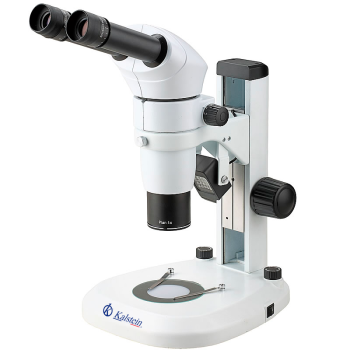
Analysis of the best Microscopes for your Laboratory

Microscope: Halogen vs. LED
High-powered microscope is often unable to provide excellent quality images due to improper use of light sources, which generally leads to inadequate illumination of ...

Microscopes – types of condensers
The microscope is an instrument that increases the size of an image and allows you to see more details than...

What kind of lens is used in optical microscopes?
Optical microscopes are an essential tool in many branches of science, from medicine, biology, biochemistry, to molecular...

What is a fluorescence microscope?
Fluorescence microscopy is a special form of light microscopy. It uses the ability of fluorochromes to emit light...
Catalog of Microscopes models on offer
-
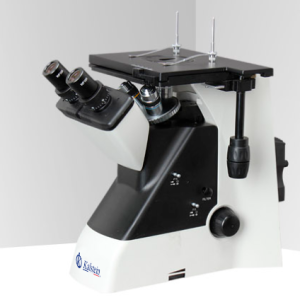
Metallurgical Microscope YR0259 – YR0260
Select options This product has multiple variants. The options may be chosen on the product page -
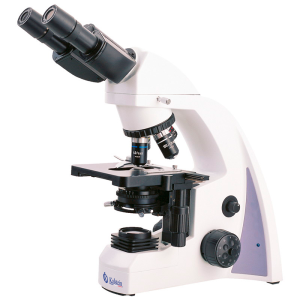
Laboratory Microscope YR0237
Select options This product has multiple variants. The options may be chosen on the product page -
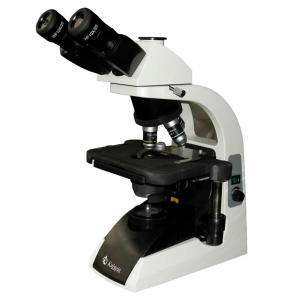
Binocular Laboratory Microscope YR0243 // YR0244
Select options This product has multiple variants. The options may be chosen on the product page -
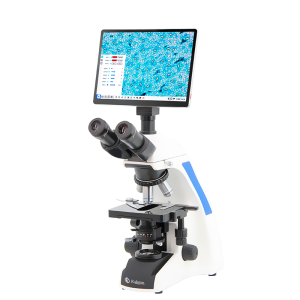
LCD Touch Screen Digital Microscope YR05782
-
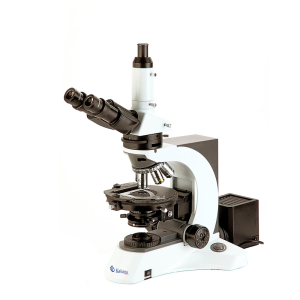
Polarizing Microscope YR0261
-
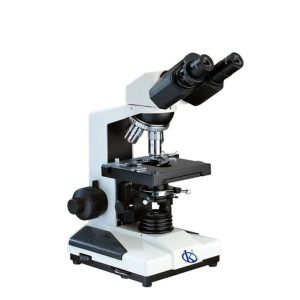
Phase contrast achromatic microscope 40x YR05792-2
-

Binocular Biological Laboratory Microscope YR05789 – YR05790
Select options This product has multiple variants. The options may be chosen on the product page -
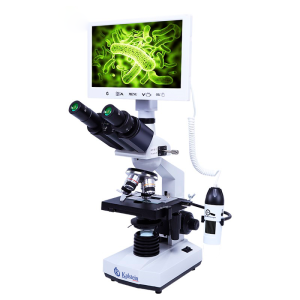
Biological + USB Portable Dual Lens Digital Microscope YR05783 // YR05786
Select options This product has multiple variants. The options may be chosen on the product page
Guides to Becoming a Microscope Expert
Types of Microscopes for Laboratory and field
The microscope is an instrument that allows observing elements or structures that can not be observed at the naked...
How to remove fungi from our Microscopes?
Microscopes are essential equipment in any laboratory, some are very simple while others are more complex equipment...
How does a phase contrast Microscope work?
The phase contrast microscope is a type of microscope that allows you to observe live samples without using...
How does a planochromatic Microscope work?
The objective of a microscope is the most important and complex element of the light microscope. It is important because the objective is where most of the magnification provided by the microscope occurs. Its complexity lies in the fact that to fulfill...
Working Microscope Videos
In this section you can find, our Microscopes in operation, packaged, receiving service, etc.
Working Microscope
The microscope is an instrument that increases the size of an image and allows you to see more details than would be possible to perceive with the naked eye. The condenser of a microscope is a key part of a microscope, it focuses the light that passes through the stage of the microscope where the sample is placed, thus providing illumination, contrast and clarity in a uniform way to the sample.
The condenser is made up of a lens or set of lenses mounted directly below the stage. And the intensity of the light can be adjusted by moving the condenser of the microscope closer or further from the stage, and the width of the beam can be adjusted by making the aperture wider or smaller.

Frequently Asked Questions about Microscopes
Frequently Asked Questions about Microscopes
To know the price of the Microscopes we invite you to send us an email with your request through the contact form.
What are the delivery times of the Microscopes?
- If the equipment of your interest is in stock or if it must be manufactured.
- The type of freight you have chosen, this may be; air or sea.
How to make a purchase of Microscopes?
- By email: [email protected]
- By telephone: +33 (0) 1 78 95 87 02
- E-commerce: Via Kalstein's official website in your country.
How does the warranty work?
Can I request a quote online?
Of course, you can request a quote for the Kalstein team of your interest, directly from our official website. Once you have identified your preferred model, click HERE
